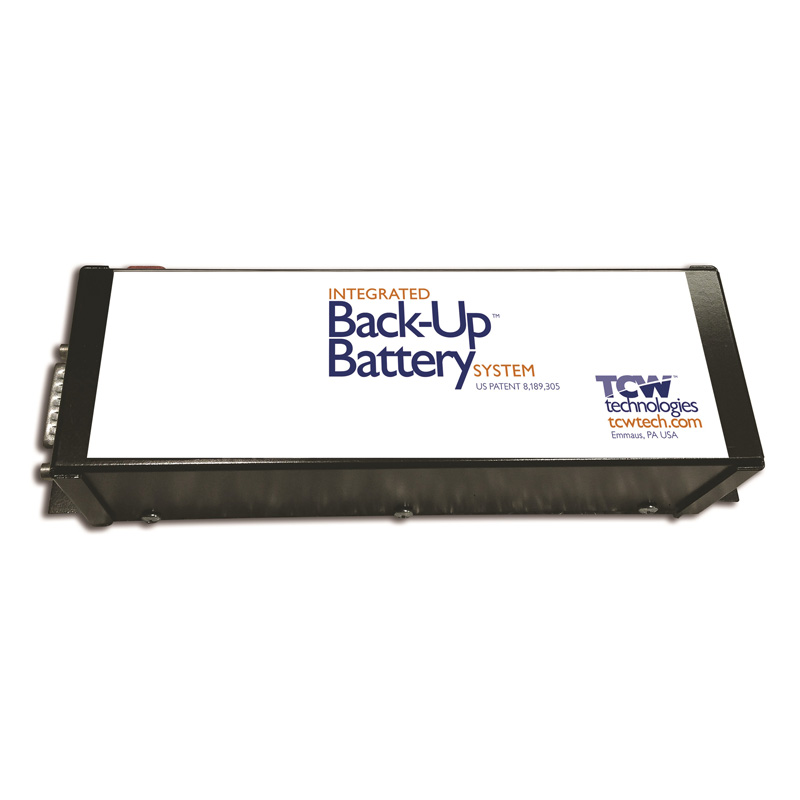ebackscheider
New Member
- Joined
- Jan 5, 2020
- Messages
- 11
What have or are folks doing for backup battery for EMS, Transponder, IFR Navigator, etc..? My HDX's have the battery. I was thinking of doing a dual diode connection to the other important things and connecting them to a smaller backup battery buss. Is this acceptable, the diode thing? I am also going to install a 2nd alternator, but still looking for a quick battery type backup for just a few items. Looking to learn what others have and are doing! Thanks!

